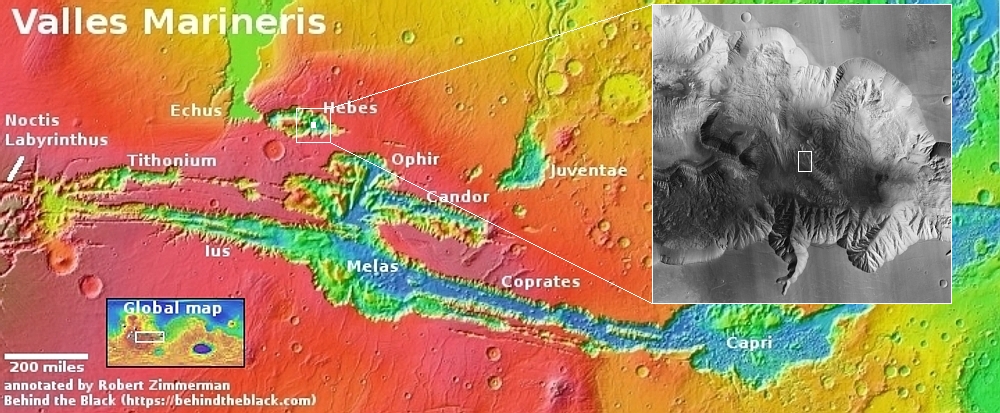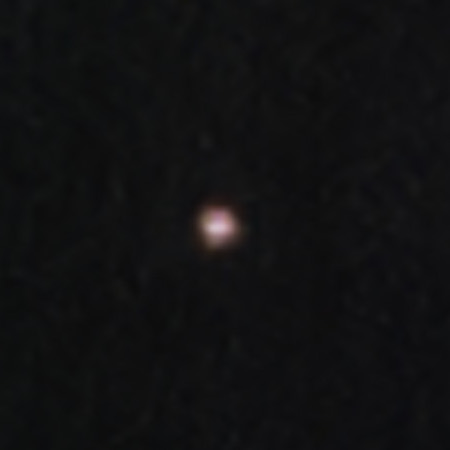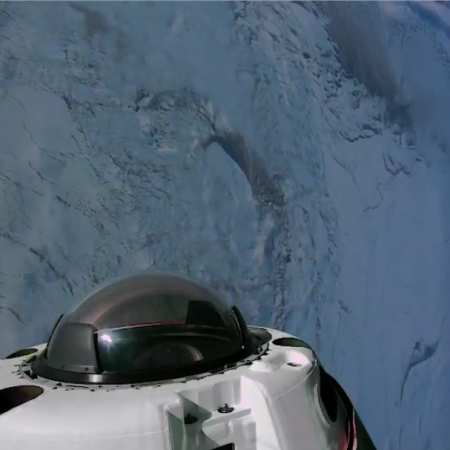April 7, 2025 Quick space links
Courtesy of BtB’s stringer Jay. This post is also an open thread. I welcome my readers to post any comments or additional links relating to any space issues, even if unrelated to the links below.
- Propaganda press story using only anonymous sources says Musk and SpaceX violated security reporting rules
Could be true, but the leftist source and the lack of confirmed named sources makes me skeptical. And even if true I suspect the story is overblown for political anti-Musk reasons.
- Long detailed interview with NASA’s Voyager project scientist
No new information but as Jay notes, “A good read.”
- Sierra Space to manage on ISS Honda’s test of a “regenerative fuel cell system [to] continuously produce oxygen, hydrogen, and electricity.”
The equipment will be flown to and from ISS on Sierra’s Tenacity Dream Chaser mini-shuttle.
- Next Soyuz crew to launch to ISS at 1:47 am (Eastern) April 8, 2025 from Kazakhstan
The mission includes two Russians and one American.
- Fifty years ago a botched launch stranded two Russians near the Chinese border
Because of a failure of the first stage the Soyuz capsule never reached orbit, landing on a mountain slope 119 miles downrange from launch. This still ranks as the longest manned suborbital flight.
Courtesy of BtB’s stringer Jay. This post is also an open thread. I welcome my readers to post any comments or additional links relating to any space issues, even if unrelated to the links below.
- Propaganda press story using only anonymous sources says Musk and SpaceX violated security reporting rules
Could be true, but the leftist source and the lack of confirmed named sources makes me skeptical. And even if true I suspect the story is overblown for political anti-Musk reasons.
- Long detailed interview with NASA’s Voyager project scientist
No new information but as Jay notes, “A good read.”
- Sierra Space to manage on ISS Honda’s test of a “regenerative fuel cell system [to] continuously produce oxygen, hydrogen, and electricity.”
The equipment will be flown to and from ISS on Sierra’s Tenacity Dream Chaser mini-shuttle.
- Next Soyuz crew to launch to ISS at 1:47 am (Eastern) April 8, 2025 from Kazakhstan
The mission includes two Russians and one American.
- Fifty years ago a botched launch stranded two Russians near the Chinese border
Because of a failure of the first stage the Soyuz capsule never reached orbit, landing on a mountain slope 119 miles downrange from launch. This still ranks as the longest manned suborbital flight.










